
I’ve mentioned before on the blog how on that fateful Christmas morning in 1987, I received the legendary NES Action Set along with The Legend of Zelda which, at the risk of sounding completely overdramatic, was a bit of a life changing experience (I mean … here we are nearly 40 years later, and I’m still talking about it). Over the years I’ve sometimes wondered if my first forays into gaming had been with a lesser game, whether the lasting impression video games had on me might have been fundamentally diminished. What if the first game I received with my trusty NES had been Alpha Mission? I don’t think I received Alpha Mission that Christmas, but I suspect I must have received it for my birthday a few months later, what with having quickly become an enthusiastic Nintendo acolyte. Alpha Mission was not a life changing experience, being as I never fell in love with it in the same way I was head over heels for some of the other early titles on the system, and I certainly never beat it back in the day. That being said, Alpha Mission was the game that really introduced me to the shoot’em up genre (aside from some brief dalliances with arcade games here and there). After all these years, has the benefit of hindsight changed my views on Alpha Mission at all? Yes and no.
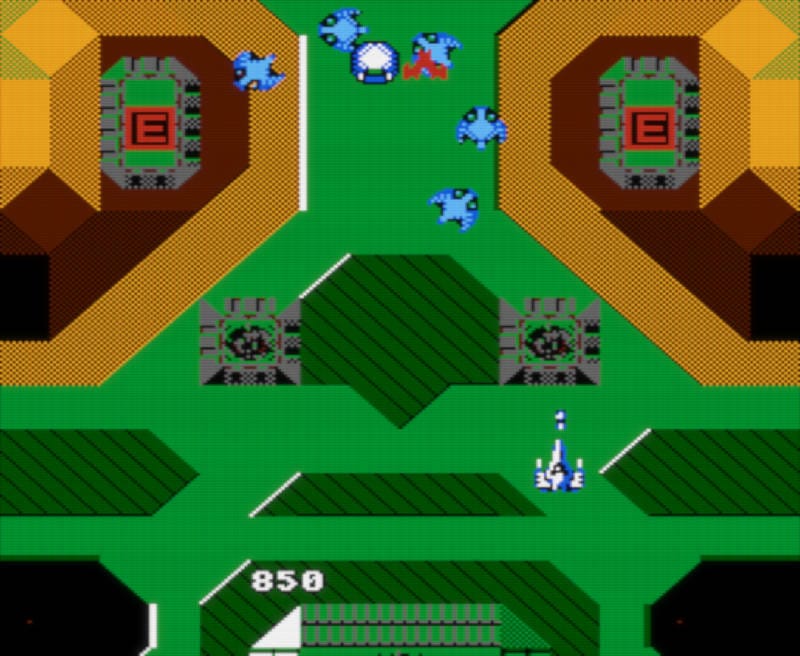
What we have here is the NES port of SNK’s space-themed vertical shoot’em up which was released to arcades in 1986, though in Japan it was released under the title of ASO: Armored Scrum Object. Apparently, the arcade game performed moderately well in Japan, ranking as the ninth highest grossing arcade game of 1986 in Japan (for those curious, Hang-On was number one, and SNK’s own Ikari Warriors placed third). So Alpha Mission was good enough for the top-10, but just barely. And in many ways, I think that sums up the game fairly succinctly. It’s good enough. But despite meeting with general approval in arcades, I don’t think Alpha Mission ever made much of a splash on the NES.
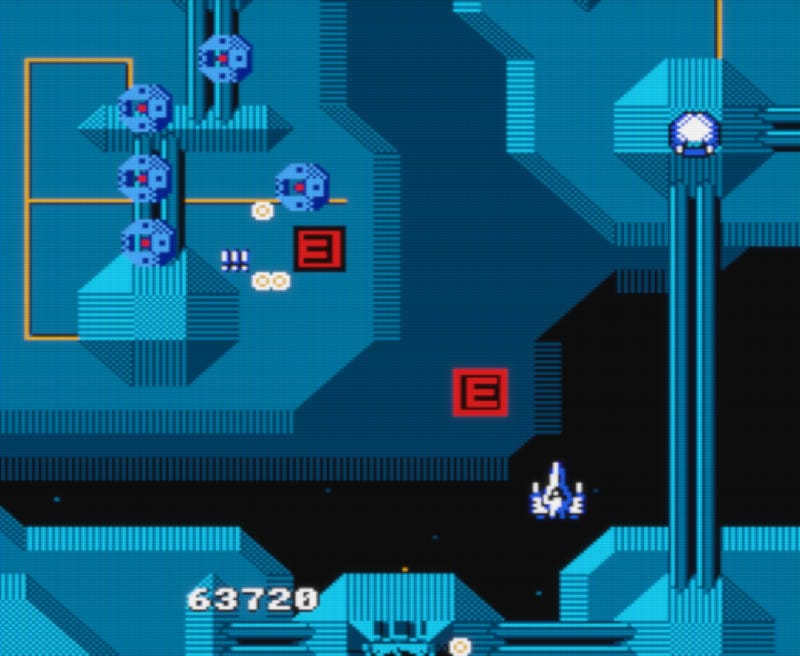
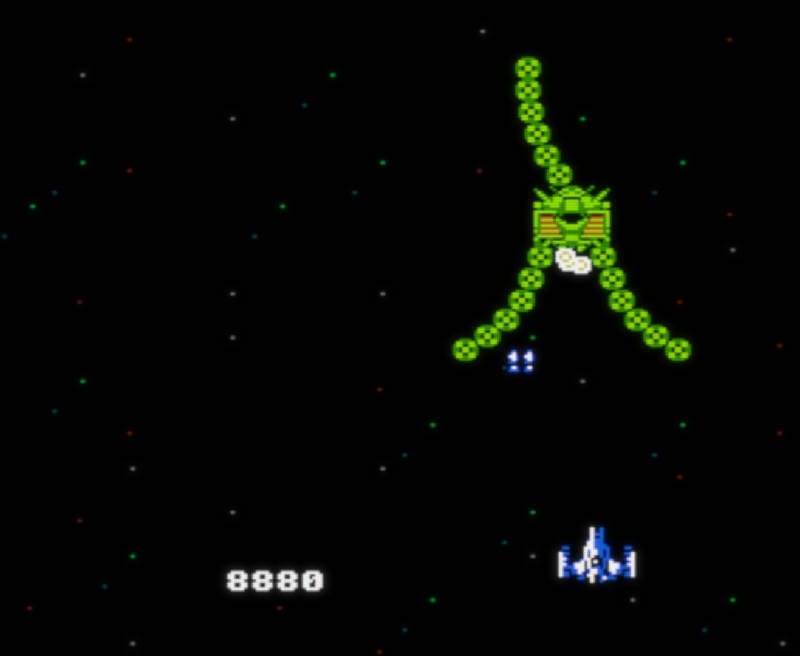
The story and setting of Alpha Mission are the first aspects that begin to position it within the middle of the shoot’em up pack, even among contemporaries. I think the most successful space shmups tend to have some kind of ‘hook’, meaning these games find ways to ‘tweak’ the story, setting, or mechanics in ways that keep these elements fresh and invigorating (Gradius has Moai, along with a host of other immediately recognizable set pieces, Salamander has all the biologically based levels, R-Type was likewise defined by its immediately recognizable enemy forces, etc.). I actually didn’t know the story of Alpha Mission until writing this very article, and part of the reason for that is … that it’s barely there at all. Basically, in the galaxy of Tetranova, a fierce war between the forces of seven star systems resulted in mutually assured destruction. Now the remaining armies of those star systems have formed an alliance and are invading our own solar system! So … pretty standard stuff really, but on this point I have to cut Alpha Mission some slack. This was a port of an arcade game after all, and especially during this era, it was somewhat novel that arcade games had any sort of story at all.
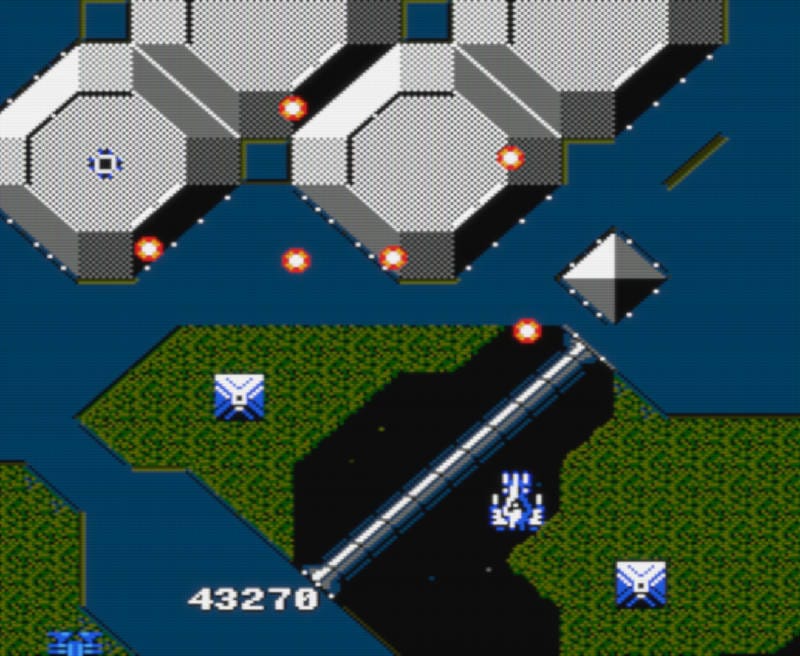
Each of the game’s 12 levels take place above the invading space stations of the Seven Star Alliance. Other than some palette changes (and ratcheting intensity of course), these levels are all quite similar to one another and feature the trappings of what amounts to fairly basic, generic sci-fi. There are no big set pieces or moments of jaw dropping bombast. It’s just … fight off drones, fighters and artillery while flying over a space station, then fly out into empty space and fight the boss. Wash, rinse, repeat. It’s fine, it’s just another element of Alpha Mission that isn’t super compelling, save for one token defense. The fact that all the space stations are fairly drab and spartan … weirdly adds a sense of pseudo-realism. They’re just utilitarian space stations after all, they’re supposed to look that way. Sure it might be neat if it turned out that each space station was a living entity and you fought its brain at the end or something (oh hi, Salamander), but that would take away from the idea that these are just normal purpose built military space stations.
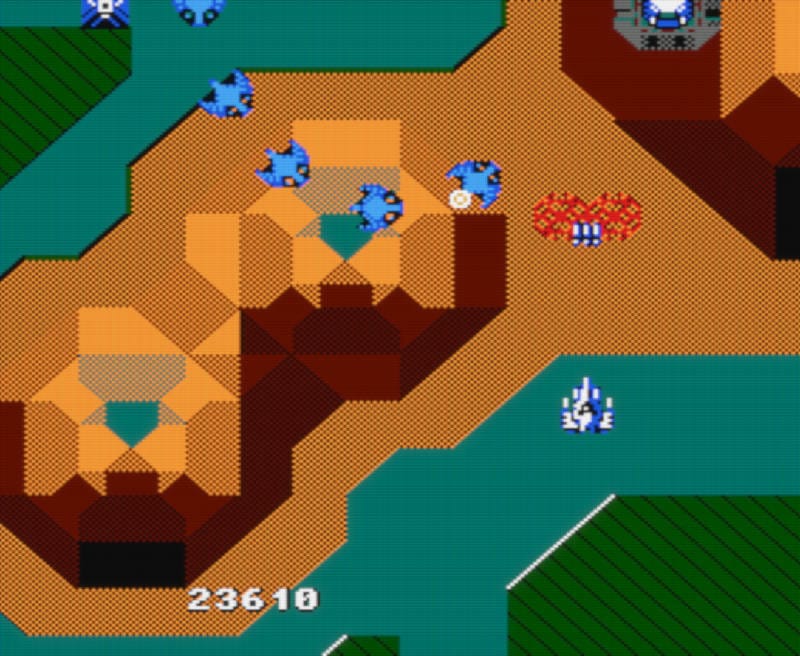
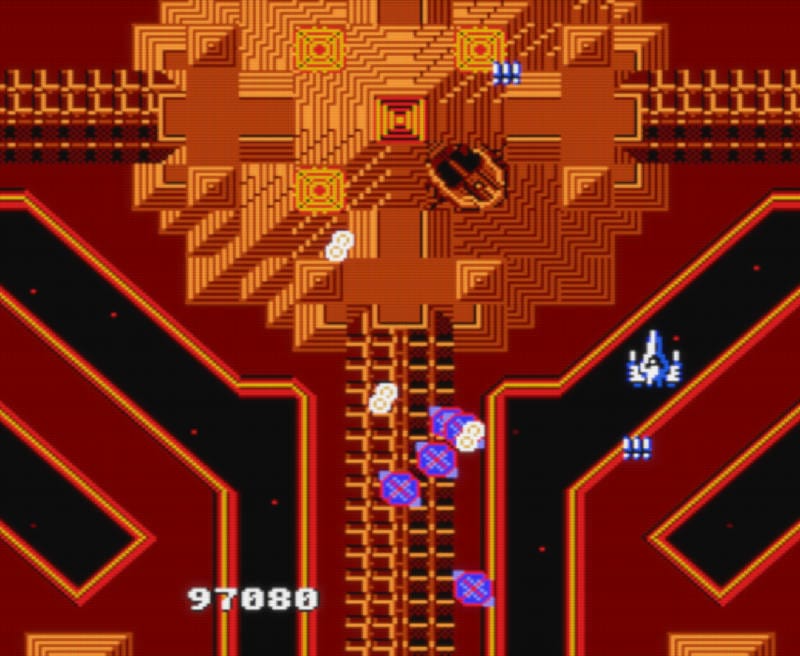
One of the last remaining elements to talk about then are the game mechanics, and here’s where things do get slightly more interesting. The armaments on your Syd space fighter consist of air-to-air lasers and air-to-ground missiles. This diversification of air and ground-based weaponry had been seen before, notably in Xevious, but it was uncommon enough that it lends Alpha Mission a unique approach to strategy and playstyle. Your air and ground-based attacks each have a dedicated button, and a careful management strategy of both air and land-based enemies is important lest you become overwhelmed by one or the other. The area in which Alpha Mission is wholly unique though is in how it handles powerups. You accumulate power-ups in the normal fashion via icon drops, but as you do so, each power-up is added to an ‘inventory’ of sorts. Basically, you can open up an inventory screen and select a power-up to use at any time. Once selected the power-up will consume energy points, until all energy is consumed or you ‘turn off’ the power-up. The rate at which a given power-up consumes energy varies from one power-up to another, but energy pickups occur fairly regularly so you have some degree of leeway. The Shield (or ‘Sheeld’ as it’s listed in the inventory) only consumes energy when it takes damage for instance. There is a downside to swapping power-ups though. Whether or not it’s a technical limitation, I’m not sure, but when you select a power-up, it sends you back a few screens before becoming active. This includes during boss fights. So if you get into the midst of a boss fight before selecting your desired power-up … you’re going to have to start the fight all over again. That part if kind of frustrating.
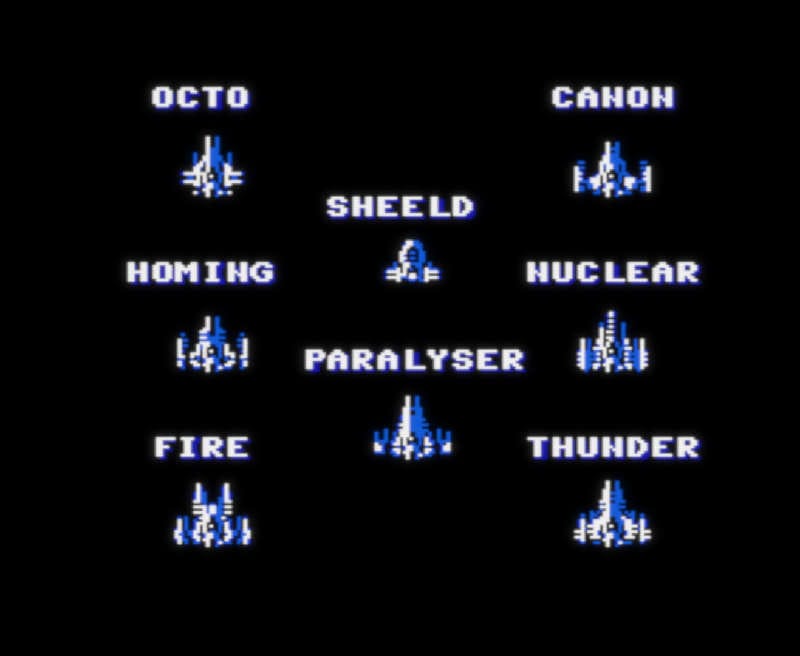
At the end of the day, Alpha Mission sits happily in the middle of the pack in terms of NES vertical shooters. I think part of the issue is that the NES was not really known for having a robust library of vertical shooters. The 4:3 aspect ratio employed by CRT televisions meant that, by definition, these home console ports lacked the pre-requisite ‘verticality’ that the arcade versions were designed for. The most successful shmups on the NES tended to be those that were not arcade ports and/or those that were side-scrolling. Within a decade or so, more savvy ports of vertical shooters would offer ‘tate modes’ as a means of circumventing this inherent limitation, but as of 1986, we weren’t quite there yet. So what we’re left with is a mediocre port of a ‘good enough’ arcade game. Alpha Mission is worth checking out on the NES if you’re a shmups enthusiast, but all others are best advised to pilot their star fighters towards more well-regarded titles on the system.
Final verdict: 6 generic space stations out of 10.
Leave a Reply